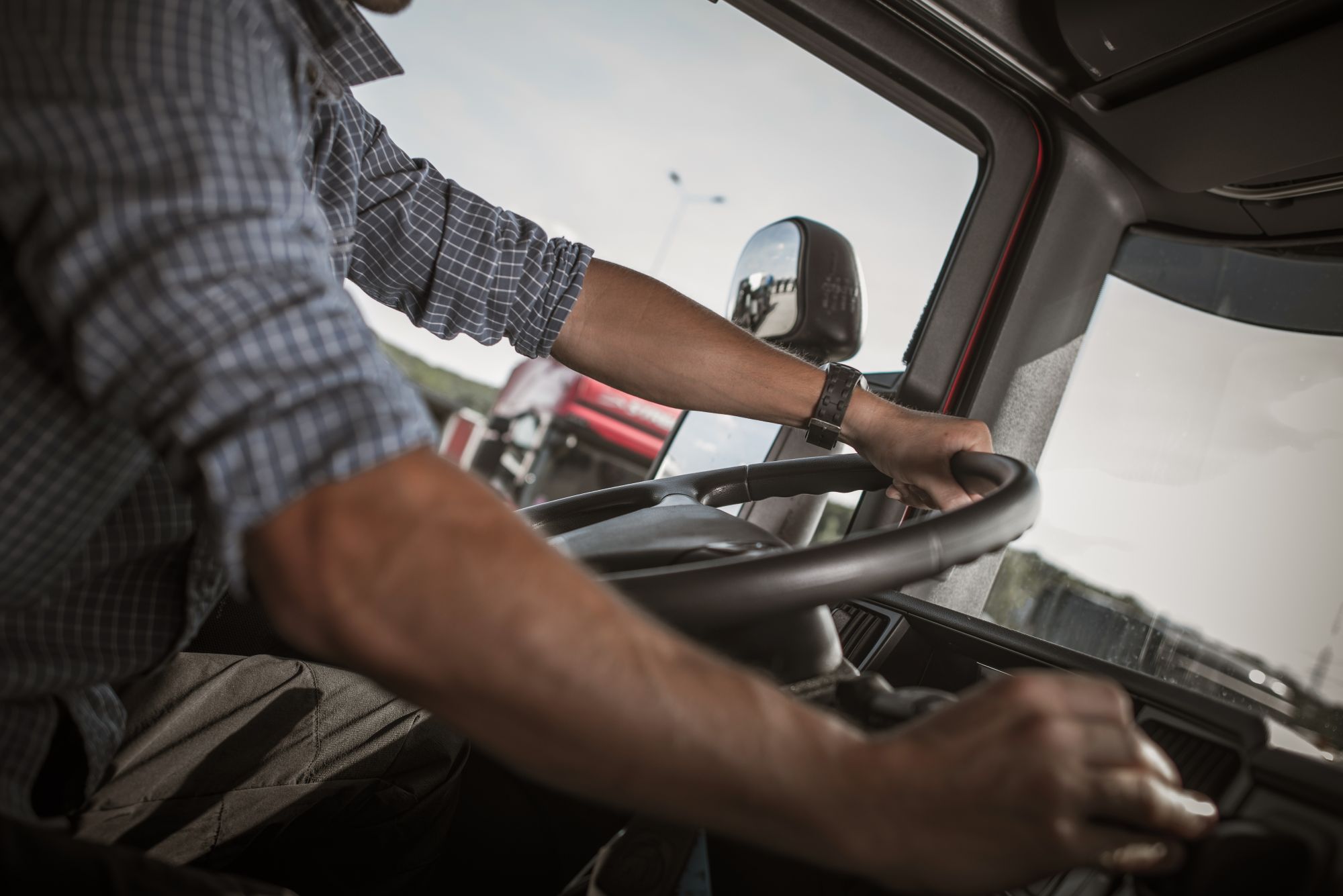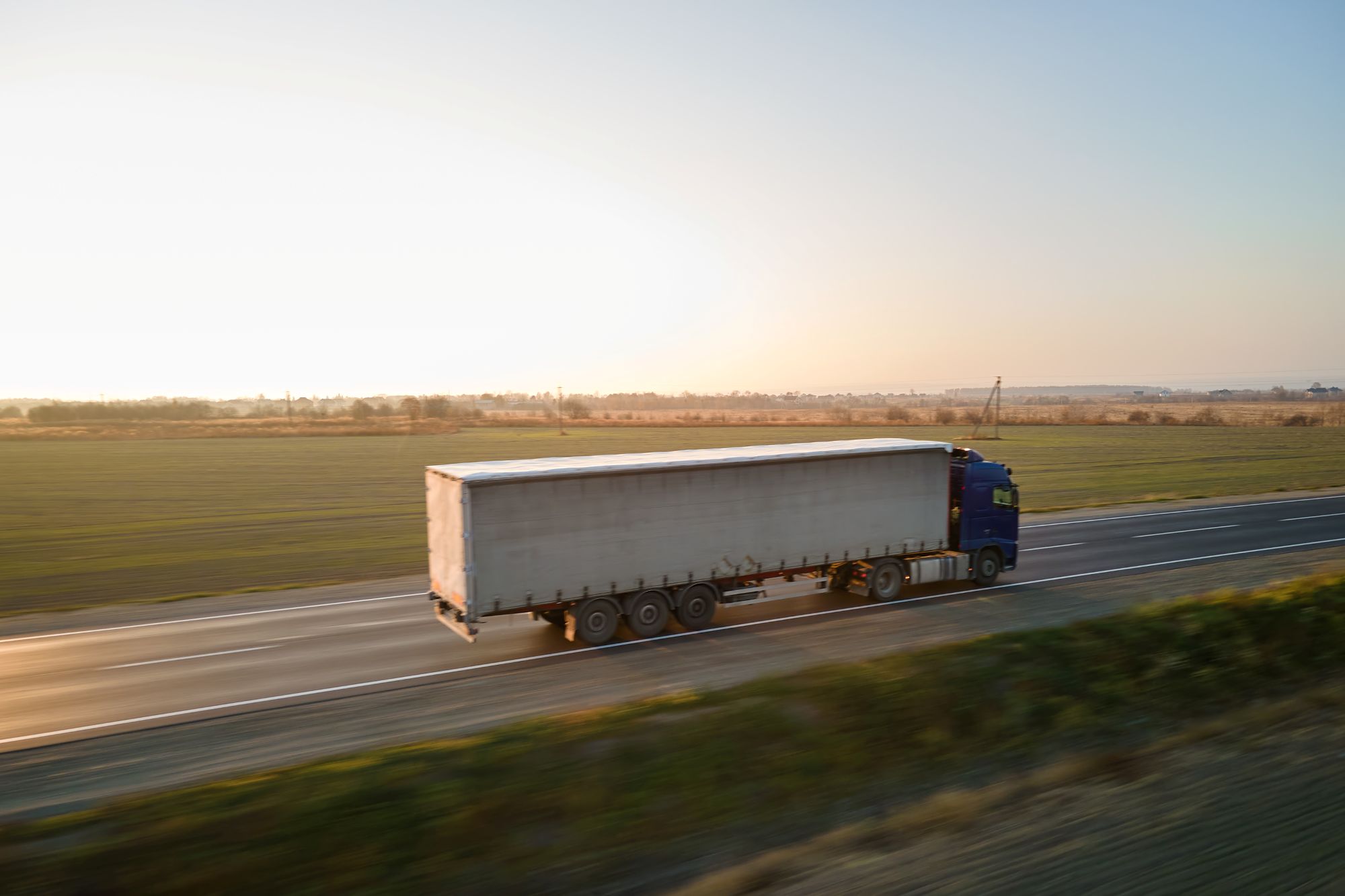
Guest
Tachigrafi intelligenti di seconda generazione: Cosa devono sapere i gestori di flotte
Creato: 28/10/2025
•
Aggiornato: 28/10/2025
Il settore del trasporto stradale in Europa sta subendo un cambiamento significativo con l'introduzione del tachigrafo intelligente di seconda generazione (Smart Tachograph Version 2, o G2V2). Questi nuovi dispositivi sono stati introdotti nell'ambito del [Pacchetto Mobilità dell'UE] (https://transport.ec.europa.eu/transport-modes/road/mobility-package-i_en) per migliorare la sicurezza stradale, garantire una concorrenza leale e tutelare i diritti dei conducenti.
Per i gestori di flotte in tutta l'UE - e nel Regno Unito per quelli che operano a livello internazionale - è fondamentale capire cosa comporta il nuovo tachigrafo intelligente v2, le tempistiche di implementazione e l'impatto che avrà sulle operazioni quotidiane. Questo articolo fornisce una panoramica pratica delle caratteristiche del G2V2, delle scadenze normative e delle implicazioni operative per le flotte.
Cos'è il tachigrafo intelligente di seconda generazione?
Il tachigrafo intelligente di seconda generazione è un'unità tachigrafica digitale aggiornata con funzionalità avanzate, progettata per aumentare il rispetto delle regole di guida e semplificare l'applicazione delle norme.
Basato sui primi tachigrafi intelligenti introdotti nel 2019, il nuovo tachigrafo intelligente aggiunge diverse caratteristiche importanti:
**I dispositivi G2V2 utilizzano il posizionamento satellitare (Galileo GNSS) per registrare la posizione di un veicolo quando attraversa i confini nazionali. Ciò contribuisce all'applicazione delle norme sul cabotaggio e sul distacco dei conducenti, fornendo registrazioni precise del momento in cui un camion entra in un nuovo paese.
**Il nuovo tachigrafo consente agli agenti di controllo di recuperare i dati in modalità wireless tramite la comunicazione dedicata a corto raggio (DSRC). Gli ispettori stradali possono ricevere in remoto i tempi di guida recenti, l'ultima sosta o le potenziali violazioni all'avvicinarsi di un camion. In sostanza, i controllori possono accedere ai dati chiave del tachigrafo G2V2 senza fermare il veicolo, il che facilita un'applicazione più intelligente e unificata delle norme sull'orario di guida.
Questa funzionalità di "controllo remoto" consente alle autorità di preselezionare i veicoli che potrebbero necessitare di un'ispezione più approfondita, riducendo le soste inutili per i conducenti in regola.
Integrazione con la telematica (interfaccia ITS): G2V2 include un'interfaccia ITS obbligatoria con connettività Bluetooth per lo scambio sicuro di dati con sistemi di terze parti. Ciò significa che le piattaforme telematiche della flotta possono accoppiarsi con il tachigrafo per accedere a dati quali la posizione del veicolo, la velocità, l'attività del conducente e persino gli eventi del veicolo (ad esempio, l'uso dei freni) in tempo reale.
Per i gestori di flotte, questa integrazione offre la possibilità di flussi di dati più ricchi per il monitoraggio della conformità e la gestione dei percorsi, collegando senza soluzione di continuità le informazioni del tachigrafo al software di gestione della flotta esistente.
**I nuovi tachigrafi G2V2 registrano più informazioni e le conservano più a lungo. I registri delle attività dei conducenti coprono ora 56 giorni anziché 28, estendendo il periodo di controllo per l'applicazione delle norme e aiutando gli operatori nella conservazione dei dati e negli audit. Inoltre, i nuovi campi dati forniscono un quadro più completo di ogni viaggio. I dispositivi registrano le posizioni di carico e scarico, registrano se il veicolo trasporta passeggeri o merci e catturano gli eventi di configurazione e calibrazione in modo più dettagliato. Insieme, questi aggiornamenti supportano sia la conformità che la pianificazione logistica. Tuttavia, i conducenti dovranno essere addestrati per effettuare le nuove registrazioni manuali dei punti di carico e scarico, poiché queste coordinate vengono memorizzate per una verifica successiva.
**Le unità di seconda generazione sono dotate di una maggiore sicurezza per rilevare e resistere alle manomissioni. Sono inoltre dotate di software aggiornabile per consentire miglioramenti futuri. Inoltre, sono state introdotte nuove carte del conducente (carte del conducente G2V2) con una memoria più grande per ospitare i dati aggiuntivi. Non vi è alcun obbligo legale immediato per i conducenti di sostituire le carte tachigrafiche digitali esistenti se sono ancora valide, ma quando le carte scadono, saranno sostituite con quelle aggiornate per utilizzare appieno le funzionalità del G2V2.
Aggiornamento normativo
La maggior parte delle scadenze principali per i tachigrafi è già passata. Tutti i veicoli pesanti che operano a livello internazionale all'interno dell'UE o che entrano dal Regno Unito devono ora essere dotati del tachigrafo intelligente di seconda generazione (G2V2).
L'unica pietra miliare rimanente è il 1° luglio 2026, quando la norma sarà estesa ai veicoli commerciali leggeri tra le 2,5 e le 3,5 tonnellate utilizzati per il trasporto internazionale. Storicamente, i furgoni erano esenti dalle regole dell'UE sull'orario di guida e sul tachigrafo, ma dal luglio 2026 gli operatori che trasportano merci attraverso le frontiere dovranno conformarsi.
Questa modifica mira a colmare le lacune di lunga data e a garantire che i conducenti di veicoli commerciali più piccoli seguano le stesse regole sui tempi di riposo degli operatori di mezzi pesanti. I gestori di flotte di furgoni in tutta Europa dovrebbero iniziare a pianificare le installazioni fin da ora, integrando l'aggiornamento con i cicli di manutenzione ordinaria o di rinnovo della flotta per ridurre al minimo le interruzioni.

Impatto sulle flotte internazionali
I gestori di flotte con attività internazionali devono capire che la conformità a questi aggiornamenti del tachigrafo è ora un requisito essenziale per il trasporto stradale transfrontaliero in Europa. Se i vostri camion viaggiano tra i Paesi dell'UE - o dal Regno Unito verso l'UE - la mancata dotazione del tachigrafo corretto può bloccare la vostra attività alla frontiera.
Ecco i punti chiave su come le diverse flotte sono interessate:
Flotte basate nell'UE (operazioni internazionali)
Come già detto, dall'agosto 2025, tutti i veicoli commerciali pesanti che effettuano viaggi internazionali all'interno dell'UE devono essere dotati del tachigrafo di seconda generazione. Questo vale indipendentemente dal luogo di immatricolazione nell'UE. Il controllo viene effettuato durante i controlli su strada o alle frontiere. I veicoli non conformi possono essere ritirati dalla circolazione fino all'installazione di un tachigrafo adeguato.
Operatori del Regno Unito che entrano nell'UE
Le flotte britanniche che effettuano viaggi internazionali verso o all'interno dell'UE sono soggette agli stessi requisiti del tachigrafo se operano con veicoli commerciali. Questo perché le regole sono incorporate nel trattato AETR, che disciplina il trasporto stradale tra i Paesi europei dell'UE e quelli non UE. Il Ministero dei Trasporti del Regno Unito ha allineato le normative nazionali per rispecchiare la tempistica dell'UE per i viaggi internazionali.
Il mancato aggiornamento non comporta solo una multa, ma può anche significare che il vostro camion viene fermato a un posto di blocco e non può completare la consegna. Le autorità di paesi come la Francia hanno imposto multe fino a 30.000 euro e persino il carcere per gravi violazioni della conformità del tachigrafo. Altri Paesi, come Germania, Spagna e Italia, prevedono sanzioni molto severe. Inoltre, la non conformità può compromettere la reputazione di un'azienda.
Il lato positivo è che le flotte in regola possono beneficiare di un'applicazione più agevole delle norme. Gli autocarri con dispositivi aggiornati, ad esempio, possono essere fermati meno frequentemente, grazie ai controlli preventivi a distanza, consentendo ai conducenti rispettosi della legge di continuare a circolare.
Effetti sul benessere dei conducenti
Uno degli obiettivi principali della nuova legislazione sul tachigrafo e del più ampio pacchetto mobilità dell'UE è il miglioramento delle condizioni di lavoro. Automatizzando le operazioni di registrazione, come l'ingresso alle frontiere, e limitando l'eccesso di programmazione illegale, il sistema aiuta a garantire ai conducenti un riposo adeguato. Si prevede che questo ridurrà gli incidenti legati alla stanchezza e renderà più equa l'applicazione della normativa, dando ai conducenti la certezza che i concorrenti seguano le stesse regole.
Il controllo a distanza significa anche che i conducenti in regola devono affrontare meno ritardi sulle strade, consentendo loro di completare i viaggi con meno stress.
Gli autisti avranno bisogno di un po' di formazione per adattarsi. Mentre le basi rimangono le stesse, le nuove funzioni richiedono l'inserimento manuale delle posizioni di carico e scarico e il consenso alla condivisione dei dati con i sistemi connessi. La comprensione di queste indicazioni e di come reagire in caso di guasto renderà il funzionamento più semplice.
Dal punto di vista della flotta, i dispositivi G2V2 memorizzano il doppio dei dati (56 giorni), quindi i download saranno più grandi e conterranno una maggiore cronologia. Gli operatori devono verificare che il software del tachigrafo e i sistemi di archiviazione siano in grado di gestire questo volume maggiore.
Infine, con la connettività Bluetooth e online, la privacy dei dati è diventata un argomento di discussione. Le autorità preposte all'applicazione della legge possono accedere ai dati del tachigrafo per verificare la conformità, ma in caso di condivisione con sistemi telematici o di gestione, i conducenti devono prima dare il loro consenso. I gestori di flotte devono rassicurare i conducenti sul fatto che tutti i dati vengono gestiti in modo sicuro e utilizzati solo per scopi legittimi e conformi al GDPR.
Pianificare il futuro
I tachigrafi intelligenti di seconda generazione toccano ogni aspetto delle operazioni della flotta, dalla conformità alla pianificazione degli itinerari, fino al benessere dei conducenti. Un approccio proattivo vi aiuterà a mantenere la conformità e a sfruttare al meglio la nuova tecnologia.
Rimanete informati. Seguite gli aggiornamenti della divisione Mobilità e Trasporti della Commissione Europea e degli organismi di settore. I regolamenti possono essere complessi, ma le sintesi ufficiali e le FAQ sono un buon punto di partenza.
Formate i vostri team. Organizzate colloqui o sessioni di aggiornamento per gli autisti e i responsabili dei trasporti, concentrandovi su nuove funzioni come l'applicazione remota e l'inserimento manuale.
**I dati in tempo reale possono aiutarvi a monitorare le ore di guida rimanenti, ad adeguare i piani di spedizione e a identificare i percorsi che si avvicinano spesso ai limiti.
**Incoraggiate i vostri team a considerare la conformità del tachigrafo come parte di una buona gestione della flotta, non solo come un obbligo normativo. Riconoscete le pietre miliari come l'azzeramento delle infrazioni, investite nella formazione dei conducenti e assicuratevi che tutti comprendano come i dati precisi vadano a vantaggio della sicurezza e dell'efficienza.
L'introduzione del G2V2 comporta sfide, ma anche chiari vantaggi: un'applicazione più rigorosa, dati migliori e condizioni di lavoro più eque per i conducenti. Per le flotte che abbracciano il cambiamento, la ricompensa è rappresentata da operazioni più fluide, maggiore sicurezza e un futuro più connesso e conforme sulle strade europee.
Noi di SNAP stiamo supportando le flotte di tutto il continente in questa prossima fase di trasformazione digitale. Attraverso l'app intruck, i conducenti possono prenotare in anticipo un parcheggio sicuro lungo i loro percorsi, mentre il portale SNAP consente ai gestori di flotte di pianificare e prenotare in anticipo le aree di sosta, garantendo la conformità e proteggendo il benessere dei conducenti. Iscriviti oggi stesso



